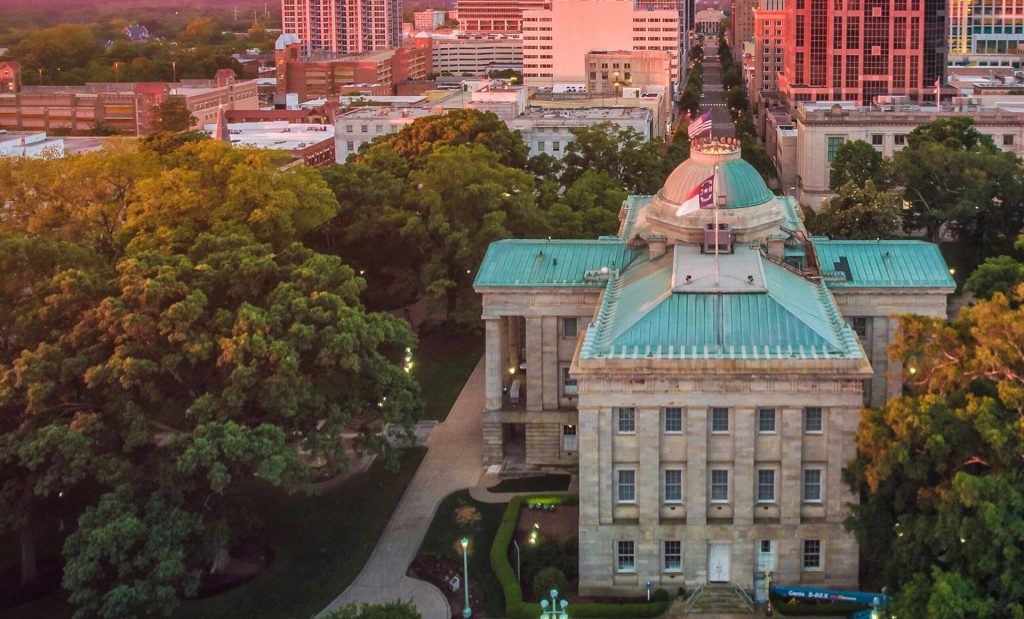Climate Change Update: Hurricanes and Climate Change
When it comes to climate change, the future has arrived — and it comes bearing disasters.
Nearly five million people were told to evacuate their homes in Florida by Saturday evening, in advance of the continental landfall of Hurricane Irma. Hard on the heels of Hurricane Harvey’s record flooding in Texas, Irma became the strongest Atlantic hurricane on record. It was still a massive Category 4 (second-highest of five levels of hurricane severity) when it slammed into south Florida. As we write this, Irma was wreaking destruction with ferocious winds and widespread severe flooding as it continued north through the state.
Even before the remains of Irma reach North Carolina, consider some of the numbers already in evidence that the current severe hurricane season is only the latest evidence of how global warming is threatening our society.
What makes scientists so sure of the connection between hurricanes (and other severe weather) and climate change? The global climate system is incredibly vast and unimaginably complex, but the bottom line factor is simple: heat.
The seasonal warming of the surface layer of the tropical Atlantic Ocean is what starts the hurricane season. Vast weather systems develop as evaporation increases, the clouds mount up, and the winds develop their signature cyclonic motion. The prevailing global winds begin to push the resulting massive storms westward, and here they come toward our continent.
Heat provides the energy that powers the process. The higher the global temperature, the more the ocean water is warmed. The hotter the water, the larger and more powerful the storm, and the longer it stays strong. The storm’s winds are stronger, the warmer air carries more moisture (delivering more rain), and it pulls along and delivers a larger mass of surface water in storm surge.
Those of us who follow the news and still believe in science already know about the link of heat to ongoing climate change. Global average temperatures are rising (and have been for decades), in large part because human civilization is releasing vast quantities of carbon dioxide and other gases (e.g., methane) into the air. These “greenhouse gases” trap more of the sun’s energy in our atmosphere and hydrosphere (i.e., our air and water), starting and continuing the heat buildup.
Rising sea levels (another global warming-related phenomenon) only make the impacts more severe (compared to historic averages). Flooding invades more land, destroys more human construction, and costs more lives.
Here’s one good discussion of hurricanes and climate change.
We know how this movie starts. We’re already past the opening credits, the heroes are warning everyone, and the villains are claiming that everything will be okay so long as they’re left in charge. What we don’t know yet is how this ends in real life. Will it continue to total catastrophe? How bad will it get? How much (and how many) can we save?
Here’s one hint: This won’t be one of the flicks with a miracle finish. The real thing will be tougher and messier. But here’s the bad news and the good news together — we’re all in the story, and what we do now can still affect how it turns out.
Next: Cooper’s administration takes Chemours to court for GenX contamination >>




